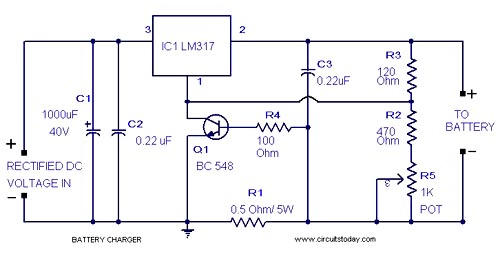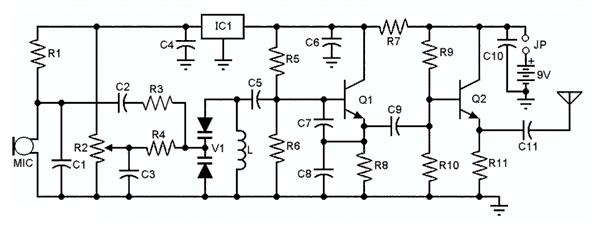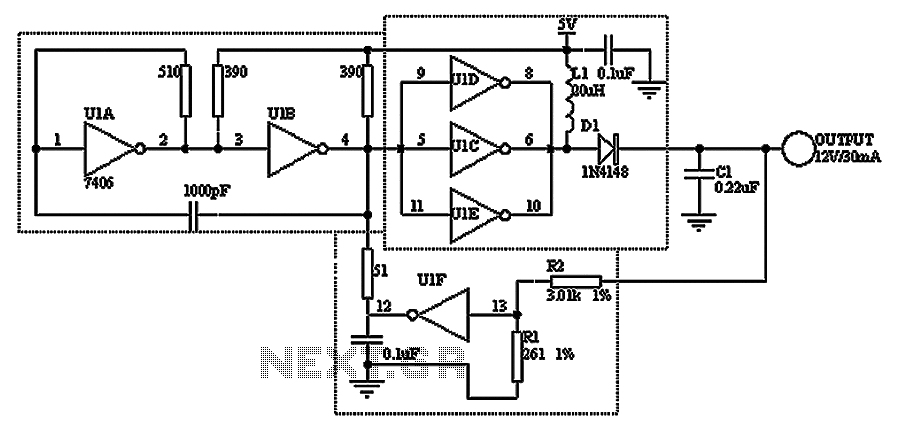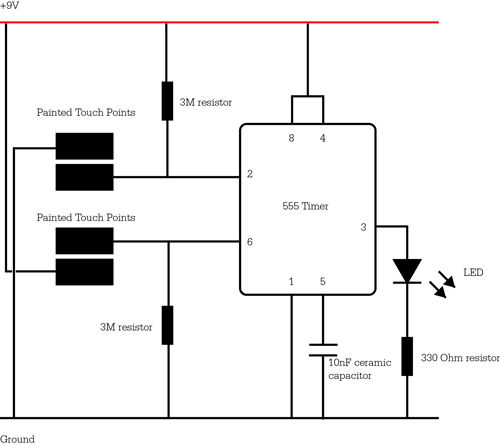
8-bit digital counter circuit
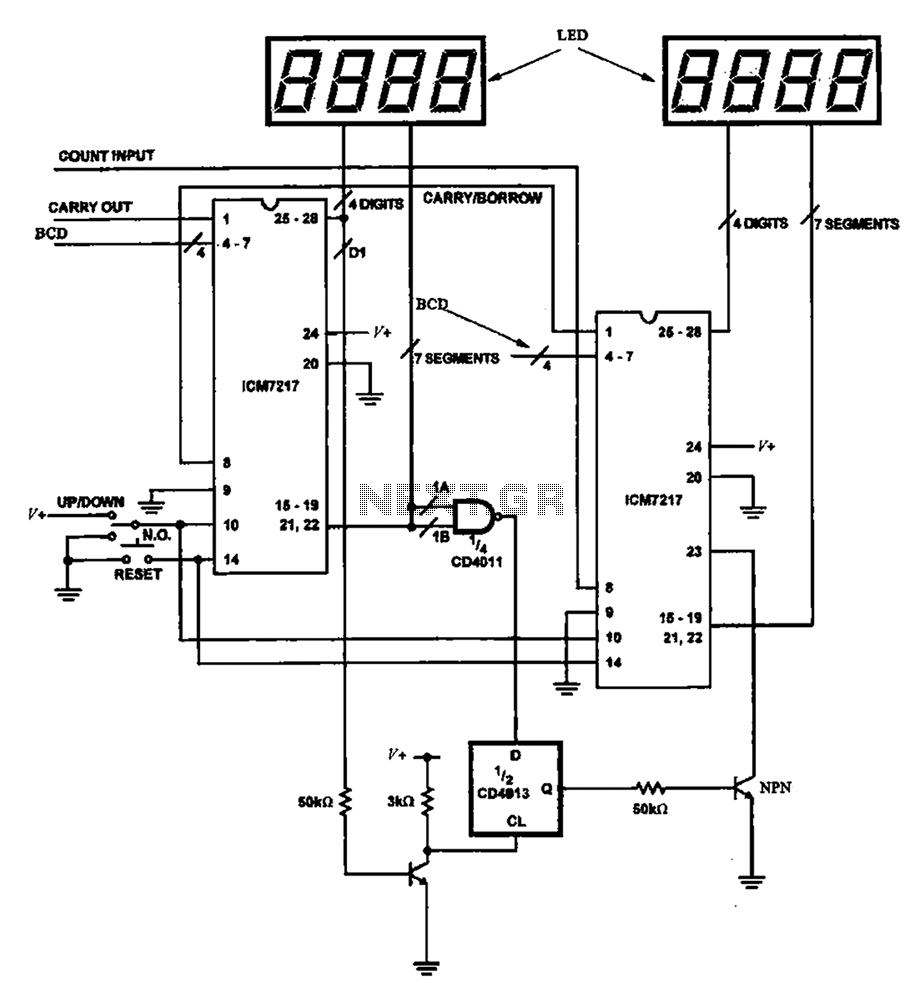
Figure 8 illustrates a potential digital counter circuit. This circuit employs two ICM7217 integrated circuits, with each controlling four digital display tubes.
The digital counter circuit primarily utilizes the ICM7217, a highly integrated chip designed for driving seven-segment displays. Each ICM7217 can control up to four digits, making it suitable for applications requiring a visual representation of numerical values. The circuit design typically includes a clock input, which dictates the counting speed, and reset functionality to initialize the count.
In this configuration, the two ICM7217 chips are interconnected to expand the counting capability to eight digits. The clock signal can be generated using a simple oscillator circuit, often implemented with a 555 timer or a microcontroller, providing precise timing for the counting operation. The output from each ICM7217 is connected to the respective anodes of the four-digit displays, while the common cathodes are grounded, allowing for the proper illumination of the segments.
Additional components in the circuit may include resistors for current limiting, ensuring that the LED segments do not draw excessive current, which could lead to damage. Capacitors may also be incorporated for debouncing the clock signal to prevent false triggering due to noise.
The overall layout of the circuit should be carefully designed to minimize interference and ensure stable operation. Proper grounding and power supply decoupling are crucial to maintain the performance of the ICM7217 chips, especially in environments with fluctuating power conditions.
This digital counter circuit finds applications in various fields, including digital clocks, scoreboards, and other devices requiring numerical display functionality. Its straightforward design and effectiveness make it a popular choice among electronics enthusiasts and professionals alike.8 shows a possible digital counter circuit. This circuit uses two ICM7217 integrated chips each control four digital tube.
The digital counter circuit primarily utilizes the ICM7217, a highly integrated chip designed for driving seven-segment displays. Each ICM7217 can control up to four digits, making it suitable for applications requiring a visual representation of numerical values. The circuit design typically includes a clock input, which dictates the counting speed, and reset functionality to initialize the count.
In this configuration, the two ICM7217 chips are interconnected to expand the counting capability to eight digits. The clock signal can be generated using a simple oscillator circuit, often implemented with a 555 timer or a microcontroller, providing precise timing for the counting operation. The output from each ICM7217 is connected to the respective anodes of the four-digit displays, while the common cathodes are grounded, allowing for the proper illumination of the segments.
Additional components in the circuit may include resistors for current limiting, ensuring that the LED segments do not draw excessive current, which could lead to damage. Capacitors may also be incorporated for debouncing the clock signal to prevent false triggering due to noise.
The overall layout of the circuit should be carefully designed to minimize interference and ensure stable operation. Proper grounding and power supply decoupling are crucial to maintain the performance of the ICM7217 chips, especially in environments with fluctuating power conditions.
This digital counter circuit finds applications in various fields, including digital clocks, scoreboards, and other devices requiring numerical display functionality. Its straightforward design and effectiveness make it a popular choice among electronics enthusiasts and professionals alike.8 shows a possible digital counter circuit. This circuit uses two ICM7217 integrated chips each control four digital tube.
Warning: include(partials/cookie-banner.php): Failed to open stream: Permission denied in /var/www/html/nextgr/view-circuit.php on line 713
Warning: include(): Failed opening 'partials/cookie-banner.php' for inclusion (include_path='.:/usr/share/php') in /var/www/html/nextgr/view-circuit.php on line 713

